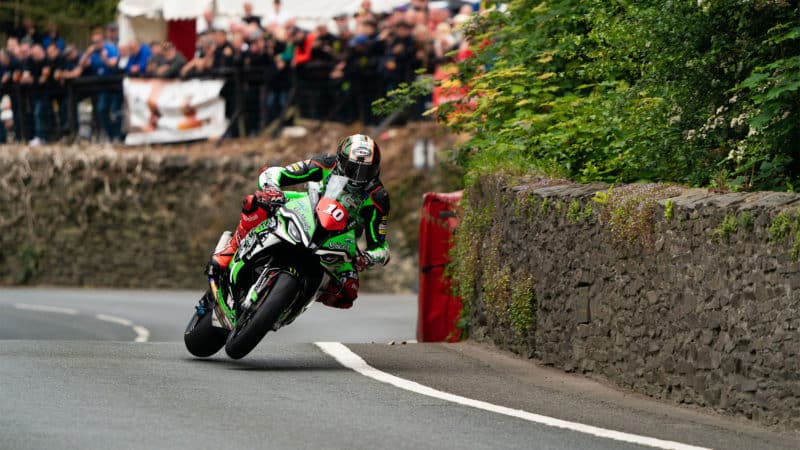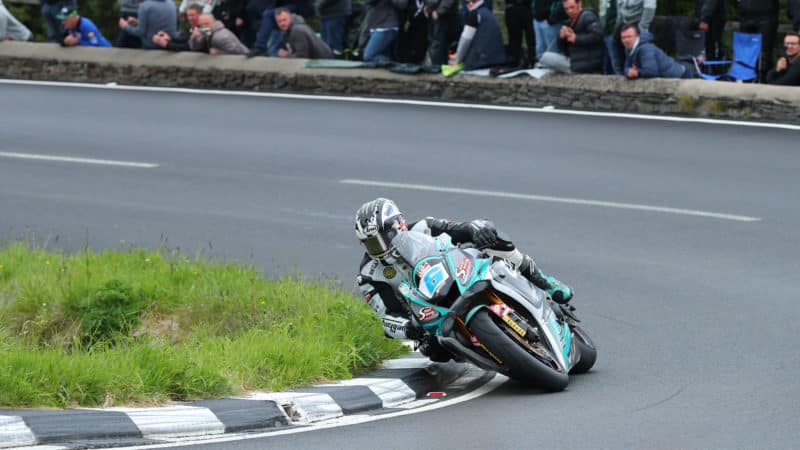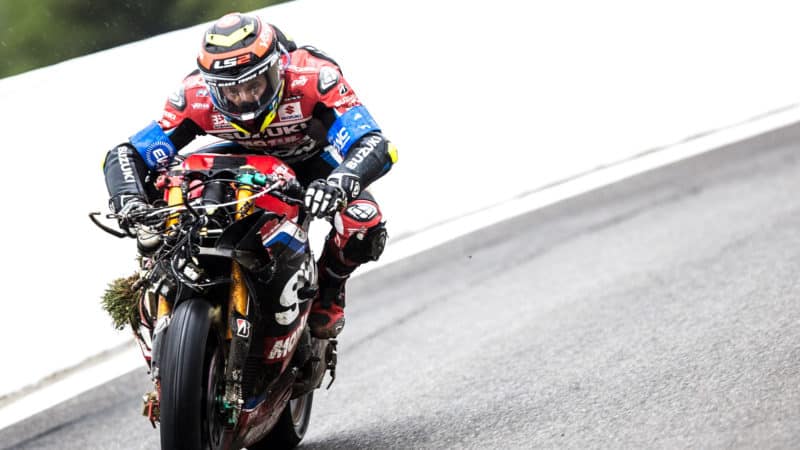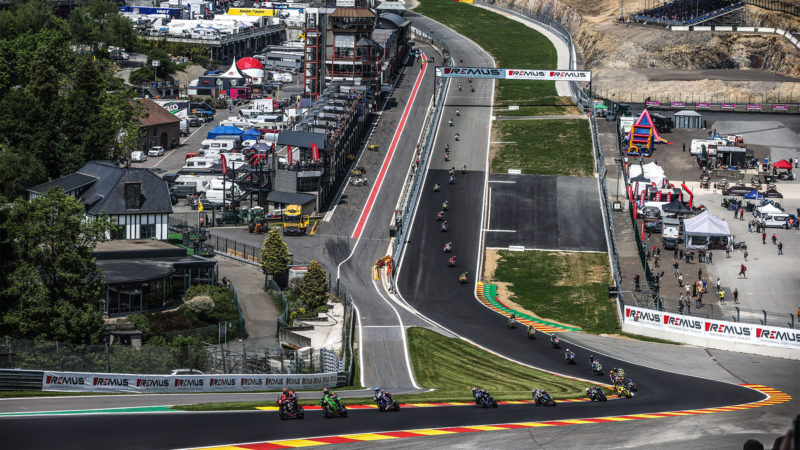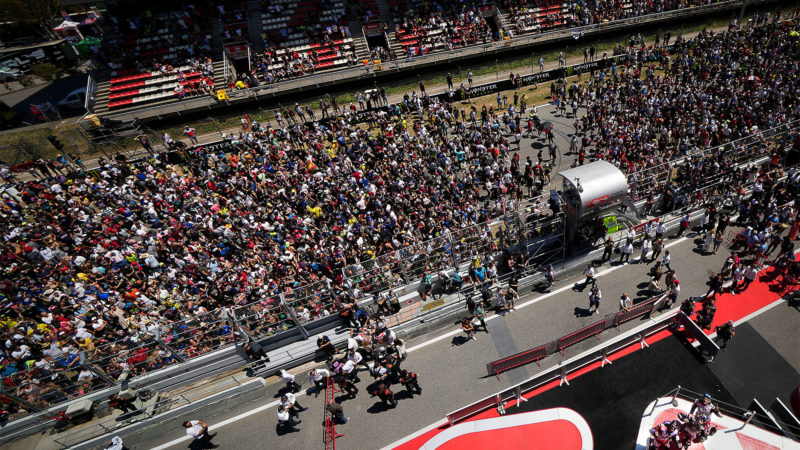The TT owes its existence to Britain’s equine-obsessed establishment, who banned motor racing on British roads, so the RAC (Royal Automobile Club) and ACU (Auto Cycle Union) organised races on the Isle of Man, which had its own government and still does. Hence its ability to maintain an event that most other governments would’ve banned by now.
Victor Surridge became the TT’s first fatality in 1911 and death has been a regular part of the event – run around a 37¾-mile lap of public roads bordered by houses, walls and telegraph poles – ever since.
Surely there can’t be a TT fan who 100% loves the TT; it has to be a love/hate relationship. Even 23-times winner John McGuinness, who rode his 100th TT race on Saturday, sees both sides.
“Yeah, people get killed, we know that,” he told me recently. “But no one’s got a gun to their head. It’s your choice – if you want to do it, do it.
“I know the place has got a lot to answer for – it’s ruined lives, ruined marriages and all sorts but the other side of it is pretty special.”
The really special bit is the buzz, which is like no other, which is why four-times World Superbike champion Carl Fogarty still remembers his TT rides more fondly than any of his short-circuit rides.
The risk is huge, of course, but it’s not a Russian-roulette risk, the buzz is using your skill and everything else you’ve got to ride the knife edge between the walls and hedgerows. And all racers race for the buzz, whether they’re on the Island or at Barcelona-Catalunya.
I’ve fallen in love with the TT and fallen out of love with the TT several times over the decades but my philosophical belief is that you own your own body outright, so you can do whatever you like with it, so long as you don’t hurt anyone else.

